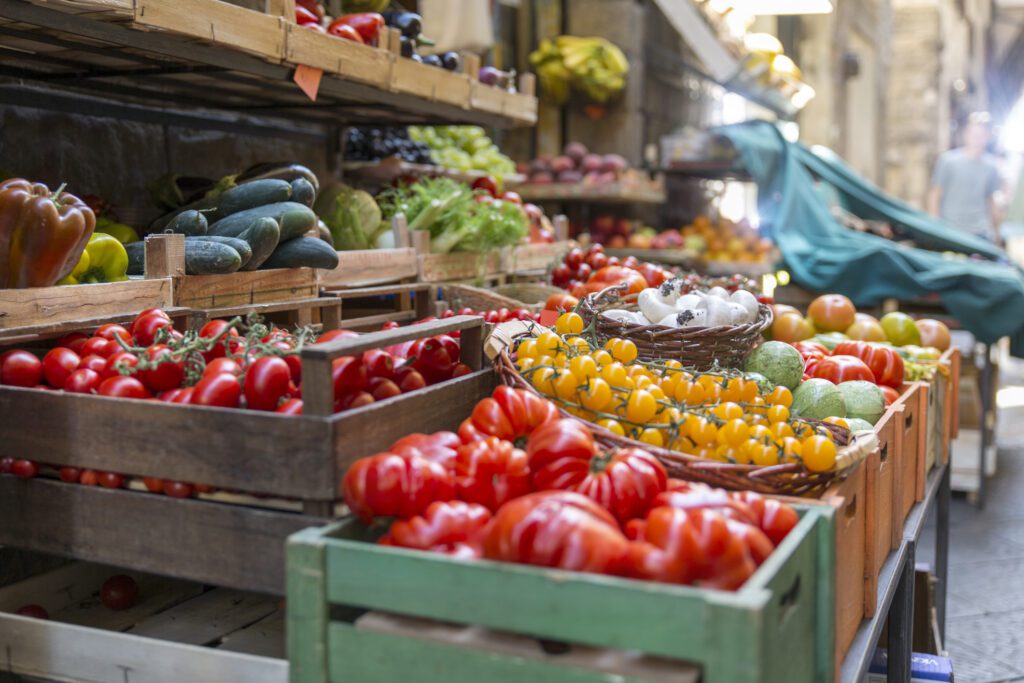Why Today’s Digital Ad Supply Should Follow the Farm-to-Table Produce Journey

With summer in full swing, now is the time to savor all the locally grown produce, especially juicy, ripe tomatoes. Recently, while shopping at my local farmers market it occurred to me that Supply Path Optimization (SPO) in the digital ad industry is similar to the farm-to-table produce distribution process. Okay, bear with me on this.
Let’s imagine that instead of describing how an ad impression moves from publisher to advertiser, we’re describing how locally grown tomatoes travel from the vine to your delicious, homemade pasta sauce.
Now, the current process for our industry is working okay-ish for most shops that don’t have the time, money or manpower for SPO improvements. But we’ve invested in SPO because we know that everyone in our industry is looking for higher match rates and better performing KPIs across digital channels.
Now, back to the produce. Let’s explore the traditional tomato distribution model and how it mirrors non-SPO digital inventory pathways. In this process, local tomatoes pass through a complex network of middlemen before reaching the consumer. With each step, costs go up and quality goes down.
First, local farmers cultivate tomatoes and harvest them at their peak ripeness. From there, aggregators act as middlemen who collect tomatoes from multiple farms and consolidate them for distribution. Aggregators also sort and grade the tomatoes based on quality and size.
After sorting, tomatoes are packaged into crates or boxes for transportation and stored in chilled warehouses. Next, wholesalers (think Keany Produce) buy tomatoes in bulk from aggregators and store them in large quantities, often for a while. Quality is lost and costs gained here. The tomatoes are then distributed to retailers such as supermarkets and restaurants. Finally, the consumer buys the tomato. Whew!
The traditional distribution model presents several challenges for tomato lovers including inefficiency, lack of transparency and quality control. Farmers often have limited visibility into the price consumers pay for their tomatoes, making it challenging to optimize their production and pricing strategies. As the tomatoes pass through multiple hands, there’s a higher likelihood of quality degradation. Consumers and tomato producers, like digital publishers, are both losers here.
Now let’s consider how SPO is similar to the farm-to-table journey and how it improves the distribution process, reduces middlemen and maximizes transparency. Farmers can establish direct relationships with retailers, eliminating the need for aggregators, wholesalers, and certain other middlemen.
This direct model allows farmers to have the visibility to negotiate fair prices and improve quality control, resulting in fresher, high-quality tomatoes for consumers. Farmers can gather data on consumer preferences, demand patterns, and pricing trends, enabling them to make informed decisions about production, packaging, and marketing strategies.
They’re no longer at the mercy of the large aggregators and wholesalers. The result is a win-win for the local farmers and consumers alike. Fresher and higher-quality tomatoes offer a superior farm-to-table experience. Transparency in production also fosters trust between consumers and farmers.
Supply Path Optimization is the incremental improvement that so many of us in this space crave. It fixes the traditional model by streamlining processes, reducing friction, and increasing transparency. Just as the farm-to-table process gets the consumer closer to freshly picked tomatoes, SPO eliminates middlemen, promotes efficiency, reduces ad fraud and produces a higher quality ad impression.
By embracing SPO, we can optimize inventory supply chains, better reward publishers, rather than middlemen, for quality content, and most importantly, execute better performing campaigns at scale for agency clients. Next time you’re at your local farmers market, thank them for inspiring improved internet ad ecosystem piping.
Kate Holliday is VP of Politics & Public Affairs at Powers Interactive, a programmatic media company.
